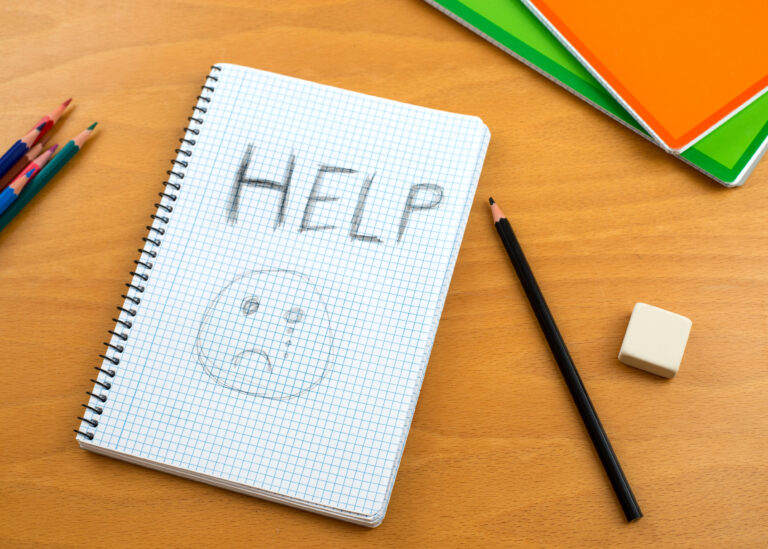Overview
Some children struggle to read because they have a learning disability, like dyslexia, which makes learning to read difficult but not all struggling readers have dyslexia so why do so many struggle?
One explanation is quite simply because children are not receiving adequate instruction. Research has found there to be individual differences in brain structure and function that can affect reading acquisition. So for some, they cannot simply ‘figure-it-out’, they require effective instruction.
Non-science based practices are thought by many scholars to be why there are so many struggling readers.
The Complexity of Learning to Read
Reading is a difficult process and many children cannot simply “figure it out”. So when they are not explicitly taught the phonological skills necessary to decode words, they struggle. It becomes the luck of the draw for whether your child learns to read or not based on instruction and brain structure.
Here Dr Stanislas Dehaene explains the complexity of learning to read and the importance of decoding (phonics).
Key take-aways:
- Cultural invention: Dehaene emphasizes that reading is not an innate ability, but a cultural invention. Unlike spoken language, which humans have evolved to acquire naturally, reading must be explicitly taught and learned.
- Neural recycling: His “neuronal recycling” hypothesis suggests that to learn to read, our brains must repurpose neural circuits that evolved for other functions (like object recognition). This repurposing is not automatic and requires significant effort and practice.
- Specialization of brain regions: The Visual Word Form Area (VWFA) or “letterbox area” must become specialized for recognizing letters and words. This specialization takes time and repeated exposure to print.
- Complexity of the process: Dehaene’s work shows that reading involves multiple brain regions working in concert. This includes areas for visual processing, language comprehension, and working memory. Coordinating these regions is a complex task.
- Automaticity: Skilled reading requires automaticity in letter and word recognition. Dehaene’s research shows that achieving this automaticity takes considerable practice and exposure to print.
- Individual differences: Dehaene’s work also highlights how individual differences in brain structure and function can affect reading acquisition, explaining why some people find it more challenging than others.
These findings underscore why learning to read can be difficult and time-consuming, requiring explicit instruction and lots of practice. He also explain why reading disorders like dyslexia are relatively common, as the brain must perform a task it didn’t evolve specifically to do.
Principles for Learning to Read
Dr Stanislas Dehaene’s major pedagogical principles for learning to read are:
- Explicit teaching of grapheme-to-phoneme conversion rules (“phonics”)
- With a systematic progression, based on the statistics of the language (start with frequent, regular sound-spelling mappings)
- Careful guidance of visual attention (left-right, stematic)
- Active learning, systematic progression, especially writing. Learning to write helps learning to read
- Practice to automaticity
What Happens When Principles are Not Followed?
If you do not follow the principles outlined above some children will learn to read while others will continue to struggle. It becomes the luck of the draw for whether your child learns to read or not based on instruction and brain structure. As Dr Stanislas explains our brains are not naturally wired to learn to read, they are not biologically primed as they are for speech. Dehaene’s work highlights how individual differences in brain structure and function can affect reading acquisition. So If we are to teach all children to read then we must not leave it to chance and we must follow The Science. In his words, “the decoding of words is like a silver bullet when it comes to helping all children to learn to read”.





